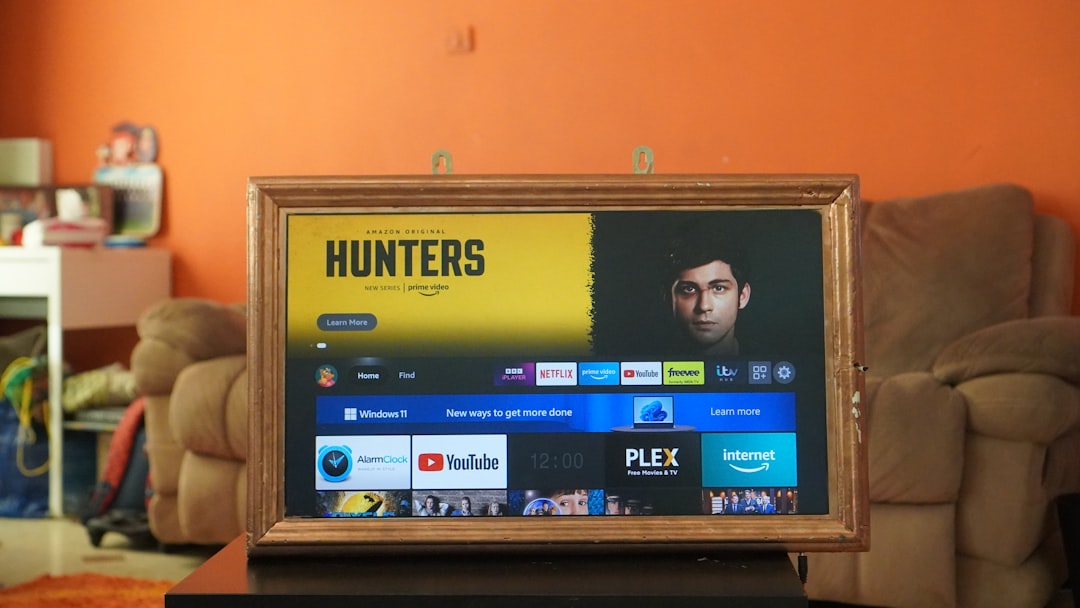**In the realm of suspense and horror, the “28 Days Later” series has left an indelible mark on the genre.** With the release of “28 Years Later,” fans are curious to see if this latest installment alters the storyline set by its predecessor, “28 Weeks Later.” The tension is palpable—does the new film erase previously established narratives, or does it build upon them?
“Diving Deep Into The Plot: Complexity and Comparison”
The key to understanding whether “28 Years Later” rewrites its forerunner, “28 Weeks Later,” lies in examining the intricacies of both narratives. Danny Boyle’s original work, “28 Days Later,” and its sequel, “28 Weeks Later,” explored a world ravaged by a highly contagious rage virus, creating a universe that is both thrilling and terrifying.
“28 Years Later” reopens this chilling universe with a fresh perspective and extended timeline. The narrative now spans decades, offering opportunities to delve deeper into character development while addressing the time-lapsed evolution of the world affected by the virus. Director Danny Boyle, once again at the helm, introduces new characters amidst familiar challenges, weaving continuity with innovation.
The challenges of integrating new plotlines while respecting established lore are evident throughout the film. Boyle expertly navigates between familiarity and novelty by introducing new themes without erasing past narratives. The film’s storytelling devices cleverly remain rooted in the foundational concepts introduced by prior installations, building an intricate web that fans new and old can appreciate.
“Visual and Thematic Resonance: Expanding While Respecting”
“28 Years Later” vividly enhances the thematic and visual landscapes established in earlier films. By evolving the brutality and chaos familiar to audiences, the movie builds an expanded universe that respects its narrative heritage. Cinematic techniques that highlight post-apocalyptic desolation beautifully juxtapose incoming story arcs, creating a seamless visual and thematic continuation.
The essence of fear in an apocalyptic reality is maintained while exploring the broader societal implications of survival—addressing not just immediate dangers posed by the virus, but the long-term ramifications on the psyche of survivors and newly emerged communities. This thought-provoking addition reflects on past dilemmas, advancing the storyline with a fresh perspective on legacy, adaptation, and human resilience.
“Audience Reaction and Critical Reflection”
Fans have been eagerly awaiting the film to see how this new installment handles the continuity of the franchise. The critical reception has praised Boyle’s ability to insert new, relevant themes into the existing storyline without dismissing past narratives. This move is a testament to the director’s grasp of the diehard fanbase’s expectations and his mastery in storytelling.
This conceptual respect resonates throughout film critiques, with various film analysts expressing satisfaction with how well the film integrates its sequel while paying homage to its predecessors. The intricate balance between revisiting nostalgic elements and innovating upon them is something that has kept the series fresh and engaging for years.
Ultimately, “28 Years Later” does not retcon “28 Weeks Later” but enhances its storyline. By preserving foundational elements while addressing the evolution of its post-apocalyptic reality, it successfully builds on its legacy.
The future of this universe seems expansive and vivid as it continues to invite exploration without losing its roots—offering glimpses into what could come next in a beloved franchise that has kept audiences on the edge of their seats for decades.
Big Tech News
28 Years Later
















Leave a Reply